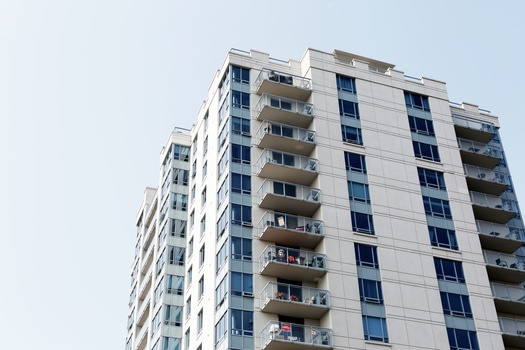
Driven by continued economic growth, low unemployment rates and a shortage of housing stock in many of the nation’s top urban areas, single-family rents grew by an average of 3% in 2019, according to a report by CoreLogic.
“Strong economic growth and the lowest unemployment rate in over 50 years helped push single-family rents up by an average of 3% in 2019, which was the fastest rent appreciation since 2016,” CoreLogic said.
Among the 20 metro areas, and for the 13th consecutive month, Phoenix had the highest year-over-year increase in single-family rents in December 2019 at 6.7% (compared to December 2018). Tucson, Arizona experienced the second-highest rent price growth in December 2019 with gains of 5.7%, followed closely by Las Vegas at 5.1%. Honolulu experienced the lowest rent increases out of all analyzed metros at 0.5%.
Single-Family Rent Index Stats:
- U.S. single-family rent prices increased 2.9% year over year in December 2019
- Phoenix had the highest year-over-year rent price increase at 6.7%
- Low-end rent prices were up 3.4%, compared to high-end price gains of 2.5%
Low-end rentals propped up national rent growth in December, which has been an ongoing trend since April 2014. Rent prices among this tier, defined as properties with rent prices less than 75% of the regional median, increased 3.4% year over year in December 2019, down from a gain of 3.9% in December 2018. Meanwhile, high-end rentals, defined as properties with rent prices greater than 125% of a region’s median rent, increased 2.5% in December 2019, down from a gain of 2.7% in December 2018.
Metro areas with limited new construction, low rental vacancies and strong local economies that attract new employees tend to have stronger rent growth. Phoenix experienced the highest year-over-year rent growth in December 2019, driven by annual employment growth of 3.2%. Austin, Texas experienced a 3.5% employment growth, which played a role in its above-average rent growth of 3.8% last December. This is compared with the national employment growth average of 1.4%, according to data from the United States Bureau of Labor Statistics.
“Strong economic growth, including the lowest unemployment rate in over 50 years, helped push up rents by an average of 3% in 2019, which was the fastest rent appreciation since 2016,” said Molly Boesel, principal economist at CoreLogic. “Employment growth is expected to remain strong in 2020. This, coupled with rental vacancies reaching a 34-year low in the last quarter of 2019, could lead to continued rent increases in the near term.”